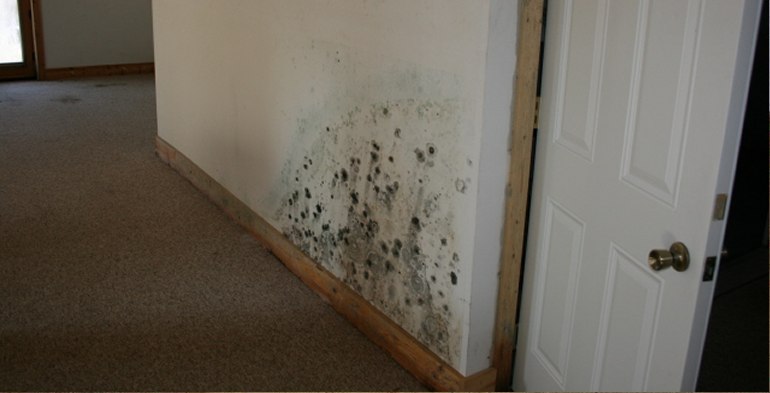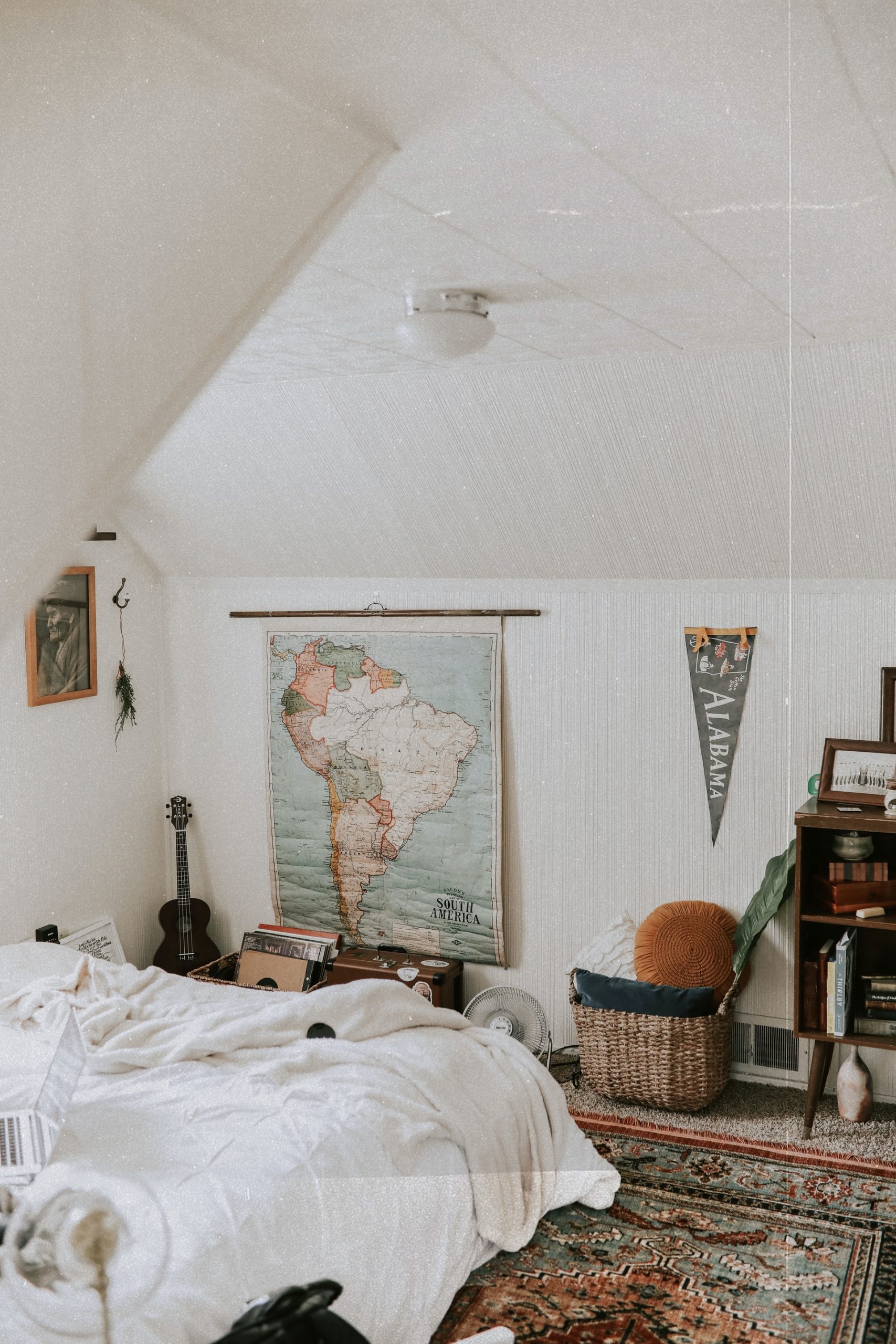Mold, the silent intruder, can thrive in various corners of a property, often concealed from plain sight. Understanding the hidden places where mold can grow is crucial for homeowners and property managers to prevent and address potential issues. In this blog, we embark on a journey to uncover these clandestine mold havens, shedding light on areas that demand vigilant attention for the sake of indoor air quality and overall property health.
Behind Walls and Underneath Flooring
Mold is adept at infiltrating the spaces behind walls and underneath flooring, where moisture levels may be elevated due to leaks, plumbing issues, or water intrusion. Hidden mold colonies in these areas can proliferate undetected, causing structural damage and compromising indoor air quality. Regular inspections and prompt resolution of any water-related concerns are essential to thwart the growth of mold behind the scenes.
Within HVAC Systems and Ductwork
The ventilation system of a property, including HVAC units and ductwork, can harbor hidden mold if not properly maintained. Moisture buildup within the system provides an ideal environment for mold growth. Contaminated air circulated through ducts can contribute to respiratory issues and other health concerns. Regular cleaning, proper insulation, and monitoring humidity levels can help mitigate the risk of mold infestation within the property’s ventilation infrastructure.
Attics and Crawl Spaces
Attics and crawl spaces are often neglected areas, creating a perfect breeding ground for mold. Inadequate ventilation, insufficient insulation, or roof leaks can lead to moisture accumulation, providing an environment conducive to mold development. Routine inspections, proper insulation, and addressing any water leaks promptly are essential in preventing hidden mold issues in these less-frequented spaces.
Beneath Sinks and Around Plumbing Fixtures
Areas beneath sinks and around plumbing fixtures are susceptible to mold growth due to potential leaks or drips. The presence of moisture in these confined spaces can foster mold colonies, leading to unpleasant odors and potential health hazards. Regularly inspecting plumbing for leaks, fixing any issues promptly, and ensuring proper ventilation in these areas are vital preventive measures against hidden mold growth.
Behind Appliances and Furniture
Appliances such as refrigerators, washing machines, and dishwashers, as well as furniture positioned against walls, can create hidden pockets of moisture, providing an ideal breeding ground for mold. Condensation, leaks, or spills that go unnoticed can contribute to mold growth behind these items. Regularly moving and cleaning behind appliances and furniture, along with addressing any water-related issues promptly, can help mitigate the risk of hidden mold.
In Basements and Foundation Cracks
Basements and foundation cracks are prone to hidden mold growth, especially in properties with poor waterproofing or drainage issues. Moisture seeping through foundation cracks or accumulating in basements can create an environment conducive to mold development. Proper waterproofing, drainage solutions, and regular inspections can help safeguard these areas from hidden mold issues, preserving the structural integrity of the property.
Within Wall Cavities and Insulation
Wall cavities and insulation may harbor hidden mold colonies if moisture infiltrates these spaces. Leaky roofs, plumbing issues, or exterior water intrusion can introduce moisture, providing an environment conducive to mold growth within the walls. Ensuring proper insulation, promptly addressing leaks, and conducting thorough inspections are crucial steps in preventing hidden mold issues in wall cavities.
Behind Wallpaper and Ceiling Tiles
The often-overlooked spaces behind wallpaper and ceiling tiles can become hidden reservoirs for mold growth. Humidity, leaks, or water damage can compromise the integrity of these surfaces, providing an ideal environment for mold to flourish. Regularly inspecting and addressing issues with wallpaper or ceiling tiles can help prevent the development of hidden mold and maintain a healthy indoor environment.
Mold’s ability to thrive in hidden places poses a significant challenge for property owners and managers. Recognizing and addressing these concealed havens is essential for preventing the adverse effects of mold on indoor air quality and property integrity. By routinely inspecting vulnerable areas, promptly addressing water-related issues, and ensuring proper ventilation and insulation, property stakeholders can mitigate the risk of hidden mold growth, fostering a healthier and more resilient living or working environment. Need the help of an expert to conduct a mold inspection? Check out EM Professional Services. They excel in delivering top-notch insurance & real estate inspections for both commercial and residential properties.


